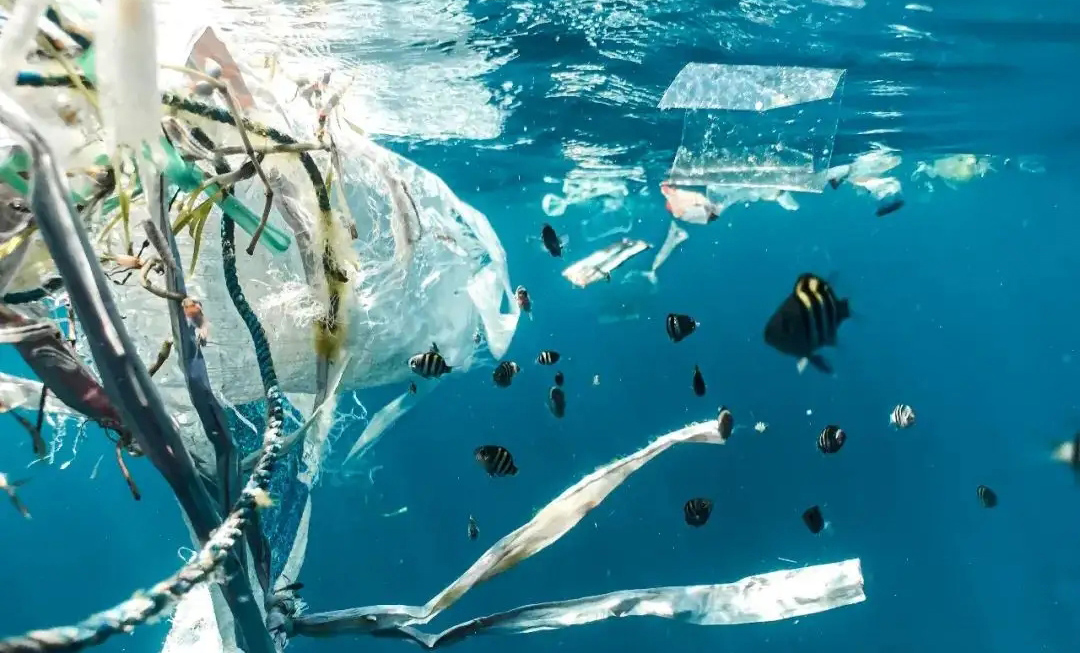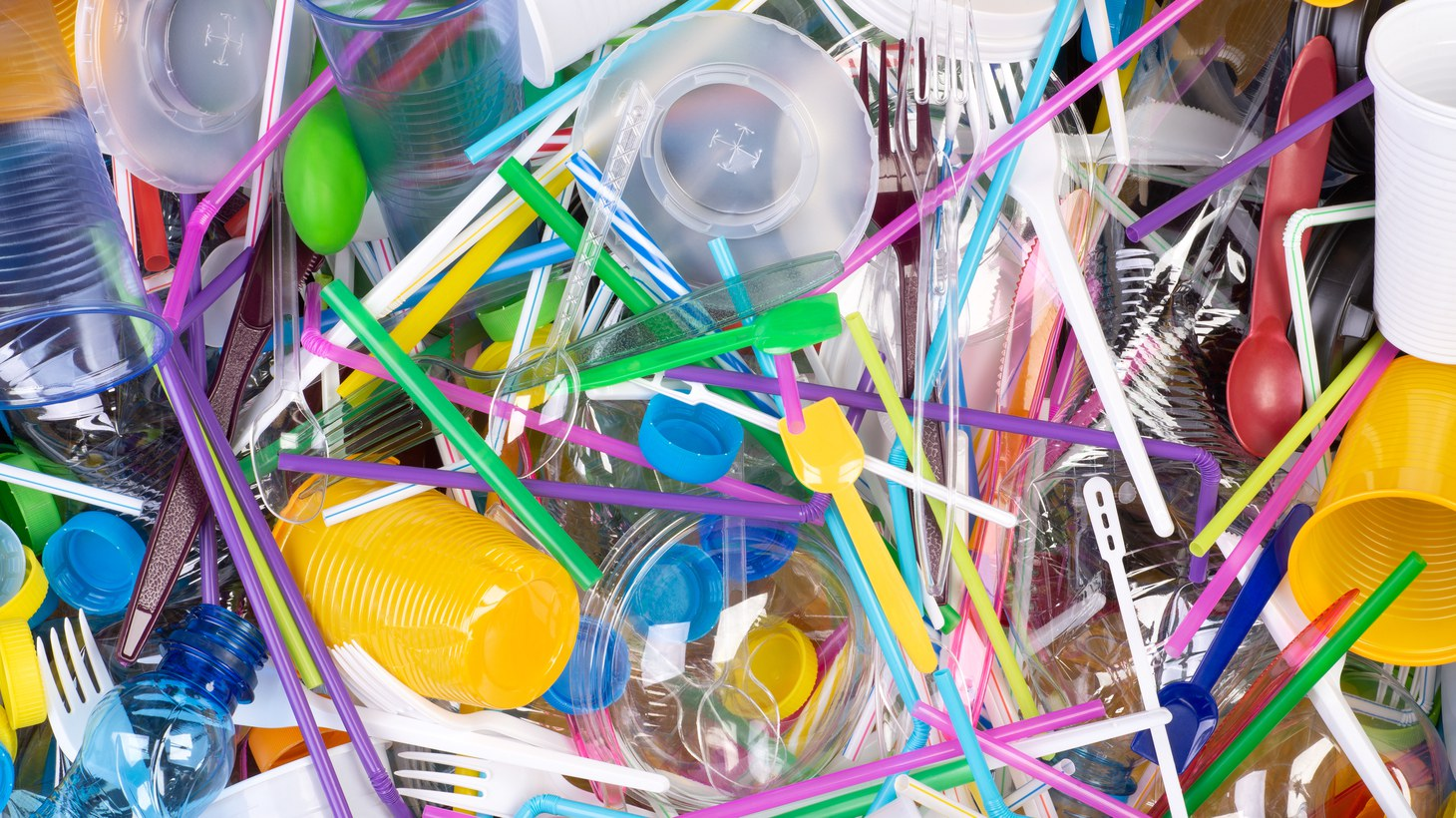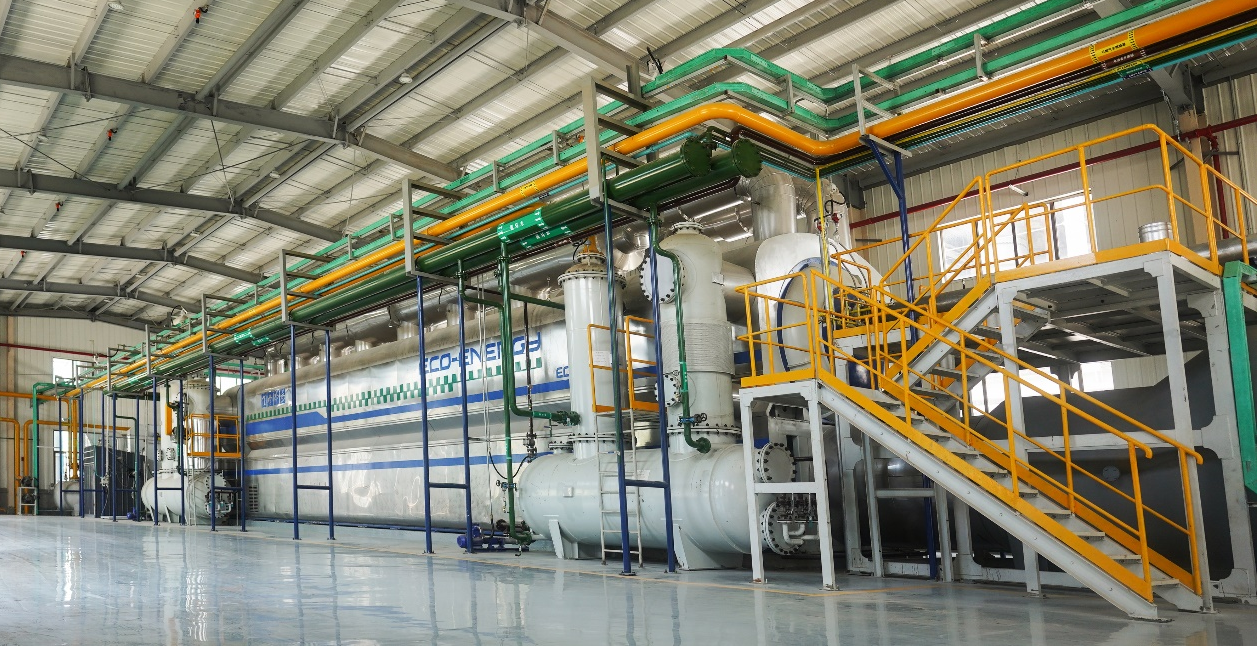Millions of tons of plastic hovering in the global ocean, which has recently attracted a lot of media attention. But plastic pollution arguably poses a greater threat to land-based flora and fauna, including humans.

The Harm Of Waste Plastics To The Environment
Among the plastics we throw away every day, plastic fragments are ubiquitious everywhere and may cause a variety of adverse effects. Only a small portion of plastic waste is recycled or incinerated, most plastic waste will be lanffilled, where it can take hundreds of years to decompose. During the process, there is no doubt that toxic materials will leach into soil and water. The burining of waste plastics indirectly contributes to air pollution.
The harm of waste plastics to human health cannot be ignored. The sciencists have found microplastics in 114 marine species, about 1/3 of which end up on our plates. The World Health Organization published a shocking study in 2018 that only 17 of the 259 bottles were free of plastics, 90% of bottled water contained microplastics.
Polluting plastics can also disrupt the ecological chain anddestroy ecosystems. Ducks and dolphins have been reported in the news trapped in six-circle plastic cans, but the items are still heavily used and discarded every day. Whether it’s displacing animals because of large amounts of plastic or poisoning them with relatedtoxins, plastic pollution can wreak havoc on the world’s ecosystems.

The Global Environment Assembly and the United Nations General Assembly have repeatedly mentioned the problem of waste plastic pollution. For the pollution control of waste plastics, there are mainly landfill, incineration, recycling and other methods; Recycling is the most valuable way to dispose of it.
Traditional recycling of waste plastics are mainly physical recycling and chemical recycling. Physical recycling is often used for high-value plastics with a single composition and easy to recycle. Chemical recycling can not only process single waste plastics, but can realize resourceful comprehensive utilization of waste plastics. So now it becomes the most practical and environmentally friendly method to solve “white pollution”.

Dedicated to chemical recycling
Pyrolysis technology is one of chemical recycling methods. Waste plastic pyrolysis plant converts waste plastic to fuel oil, realizing resourceful disposal of waste plastics. It can be processed to make diesel fuel or used as a chemical raw material for the production of new plastics and synthetic resins. Pyrolysis plant can process PP, PE, PS or other mix waste plastics.
Now the waste pyrolysis plant have been sold to German, UK, USA, Denmark, Brazil, Hungary, Turkey, Estonia, india, and other countries and territories. Whole technology and equipment have been verified by market, completely turning waste to energy.
Turning plastic waste into wealth and solving the environmental hazards of waste plastic is our guide way.


No comment